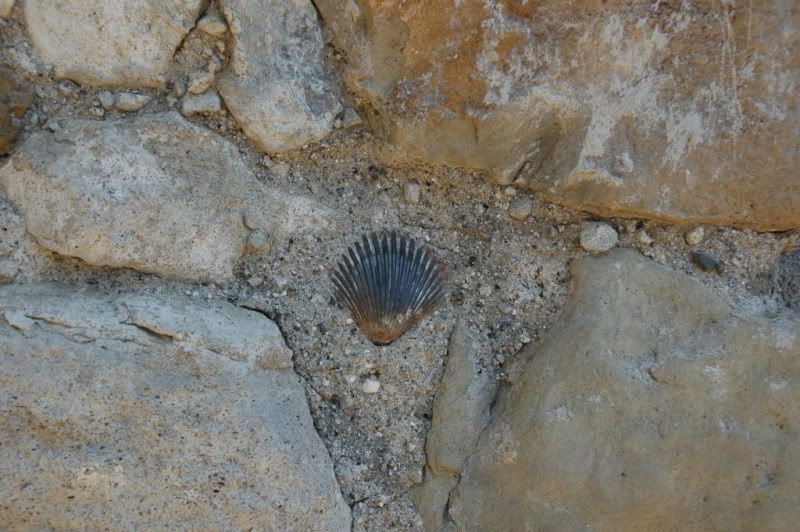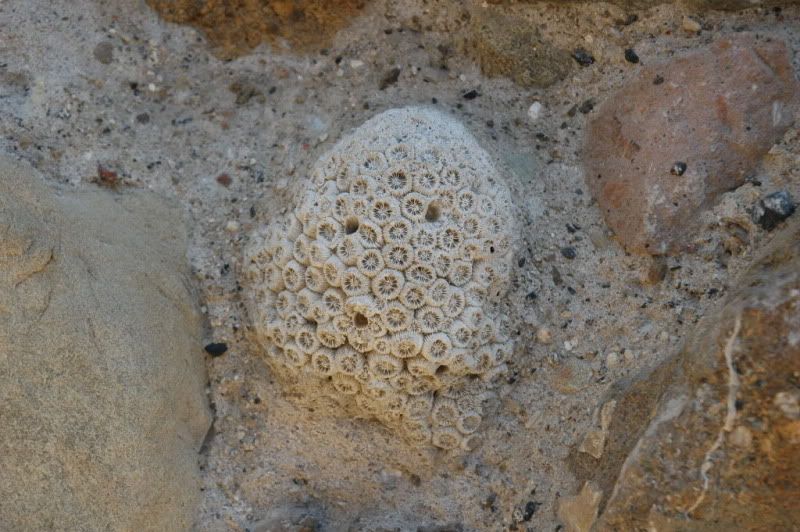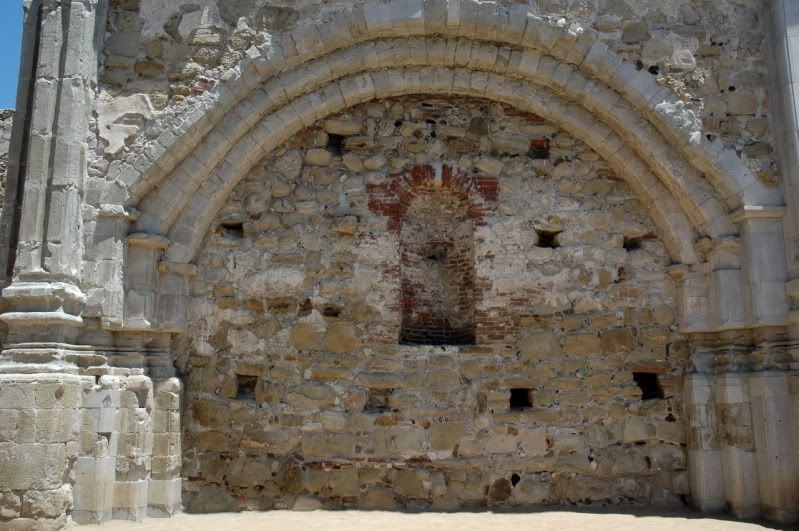In a recent blog entry, Jeannine Atkins invited readers to admire the morning dew on a single blade of grass. It was elegant simplicity, this gentle reminder to find the sacred in the ordinary.
I get that treasures are often hidden in wide open spaces, that valuable lessons can come of everyday experiences. And I’m learning to write memoir with all senses fully engaged, with a humble awareness that transcendence is oftentimes found in the tiniest of details.
For instance, it was on a 4th grade field trip that I first visited Mission San Juan Capistrano, but it was just recently that I saw these ancient ruins with fresh eyes. (I ask in advance for your forgiveness: this example is much lengthier than Jeannine’s original post.)

According to historians, it was in 1776 that Father Junipera Serra founded this “crown jewel” of the California missions. With the blessings of the Spanish government, he enlisted the support of indigenous peoples in building this colonial outpost of the Catholic church. Males performed backbreaking labor, and women offered their most cherished belongings–semi-precious stones and seashells–as embellishments for the rough adobe walls. As recent converts to Christianity, they did so with open hearts and willing spirits…or so we was told.
It’s quite possible that somebody(ies) embroidered the truth. At this point, no one can prove their accuracy beyond all shadow of doubt, and so it was that these and similar "facts" got woven into the fabric of every 4th grade history class in California.
In December of 1812, a large earthquake toppled the Great Stone Church. I discovered these treasures, hidden in plain sight, on a recent trek through the ruins.



This is the wall in which I first spotted those precious objects, the altar on which those priceless offerings were laid.

I sent these photographs to Stacy Pendleton, my voice teacher, accompanied by some of my private musings. (With all due respect, I glossed quickly over the atrocities represented by those pictures.)
I should mention here that Stacy is a true child of the sea, deeply spiritual. That, plus her Native American heritage, helps explain the eagerness with which I awaited her response. No surprise, her reply was so illuminating that I asked (and received) permission to quote her verbatim:
My feeling is that they may have put them there so that even when they were tending the mission, working for their conquerors and unable to openly practice their spirituality or celebrate their culture, they, their descendants, and somehow even their ancestors would know that they had been there, and something they valued was embedded into the walls, into their being, into their DNA.
I’m reminded of Chartres Cathedral. Have you ever been there? I had the good fortune of visiting it one evening when I was in France years ago. I may be telling you things you already know, but it was built on an ancient Goddess worship site. In the stained glass windows the "converted" locals recreated the signs of the zodiac.
Pentacles were in the wrought iron fences, one tiny pinhole was placed in a stained glass window, and only on the winter and summer solstice at 12, a shaft of light shines through the window, illuminating the altar. There is also a labyrinth which once held a stone carving of Thesias slaying the Minotaur. I wrote a poem about it. The first stanza is:
The Minotaur was slain and buried deep
Within the walls of stifled consciousness Lured from the vortex, never quite asleep.
There are so many stories like these around the world. How beautiful it is that we can share them with each other, excavating our lives and our atmosphere, not for the sake of tearing things apart, but for the sake of putting them back together.




















